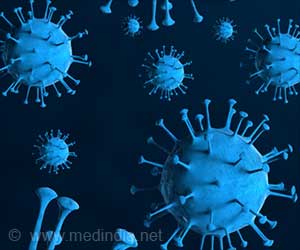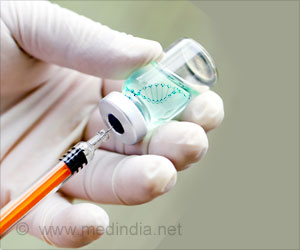A novel nasal vaccine delivery technique could result in improved defense against COVID-19 and HIV.
- Researchers have discovered a new way to effectively deliver vaccines through mucosal tissues in the nose that could lead to better protection against HIV and COVID-19.
- They will continue to study this new vaccine delivery technology to adapt it to the delivery of vaccines for other diseases and illnesses in the future.
What are the Challenges of Nasal Vaccinations?
Nasal vaccinations, delivered using a nebuliser or spray, have traditionally proven challenging from the manufacturing standpoint. Before the vaccine components, such as protein antigens, can reach deeper tissues and trigger the immune cells, mucus in the nose usually clears up or breaks them down.However, nasal vaccinations have the potential to boost immunity much further than the current injectable vaccines. Nasal vaccinations can elicit immune responses at the infection site- the nose, mouth and lungs- for many illnesses transmitted through the upper respiratory system, such as COVID-19. There are several nasal vaccinations. However, the majority of them employ live attenuated pathogens, which cannot be administered to immunocompromised individuals.
Benefits of Traditional Injectable Vaccines vs Nasal Vaccines
“Traditional vaccines that are injected are not usually geared toward establishing immunity in these mucosal tissues. They’re more geared toward establishing immunity in the blood—sort of like a backup defense. But the idea of establishing immunity in the mucosal areas, like the nose, is that it establishes more of a frontline defense that can better protect against transmission of these diseases. With this new vaccine, not only did we establish strong mucosal antibody responses, but we also activated strong antibody responses in the blood. So, it’s kind of like we’re establishing a frontline and backup defense at the same time,” said Brittany Hartwell, the first author of the paper and an assistant professor in the University of Minnesota Twin Cities Department of Biomedical Engineering.To assist with vaccination, antigens get past the mucosal barriers in the nose. Hartwell and her colleagues engineered them to connect to a protein called albumin, which is present in the human body naturally and has the capacity to go beyond these barriers. The immunological tissues underneath the nose would be the antigens' destination where they might then 'hitchhike' on albumin to begin inducing an immune response.
Additionally, the vaccine developed by the researchers promoted immunity not only in the nose but also in the upper respiratory system, the lungs and the genitourinary tract. It could especially be important for immunizing against viruses like HIV transmitted through those sites.
“This is significant for the field of mucosal vaccination. It shows something new, that we’ve designed a vaccine capable of overcoming barriers to delivery that have historically plagued the development of other mucosal vaccines. It’s particularly relevant right now because we’re all living amid the COVID-19 pandemic that’s continuing to affect our lives. And if there’s spread and transmission, the virus has a chance to evolve into new variants with the potential to be harmful. This research shows the development of a slightly different kind of vaccine that could provide even better protection than what we currently have by blocking transmission, preventing us from catching and passing the virus onto others,” said Hartwell.
Source-Medindia












